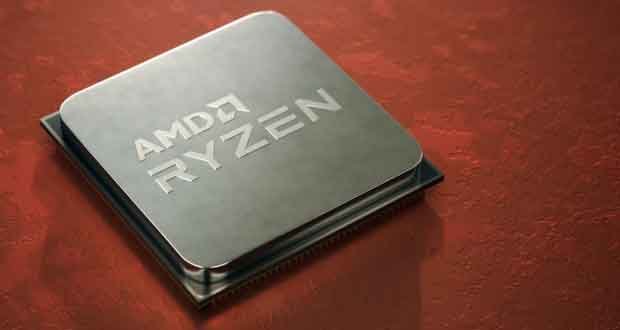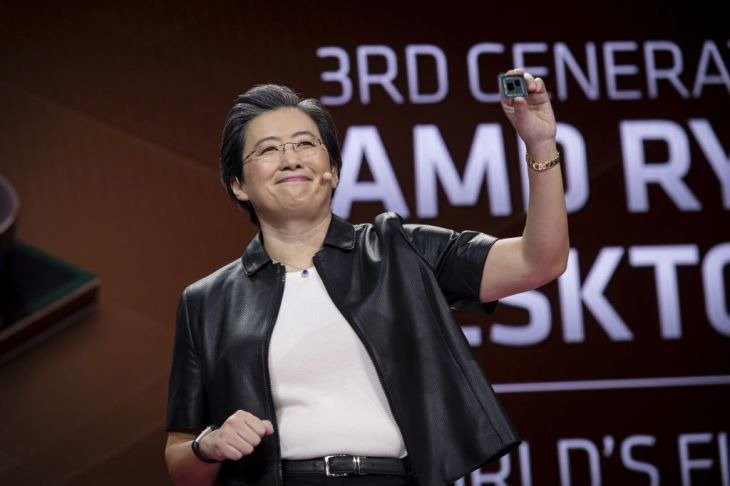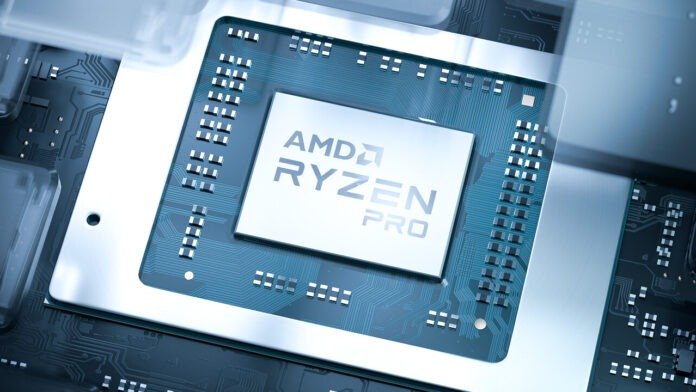AMD closed with great success last year. The architectures of its processors have experienced real revolutions since 2017. Furthermore, the recent acquisition of Xilinx, remember for 35 billion dollars, allows AMD to innovate more and more. AMD therefore announces in one of its patents the addition of FPGA components in its processors. The Company led by Lisa Su is also restructuring the Company to support the growth already achieved in 2020.
Integration of FPGA components
FPGA elements at the processor level for efficient acceleration of certain functionalities and for execution of other tasks. This patent is titled “Method and Apparatus for Efficient Programmable Instructions in Computer Systems.”
FPGAs are very fast hardware components that can be configured to execute specific instructions. They differ from CPUs which are rather generic components and are available to process different types of instructions. AMD is therefore not left behind Intel which bought Altera in 2015. The latter is in fact in the field of FPGAs. Intel had chosen it in this sense, but also to meet certain needs of its customers in the field of servers. Intel had therefore designed specific Xeon servers capable of supporting high workloads. AMD could therefore produce equivalent servers and break into the field of FPGAs.

AMD's patent describes a CPU with FPGA components that can process operations in shared resources such as floating-point and integer read registers with x86 cores. In this case, a processor could be upgraded on the fly to support certain functionalities, without carrying out a complete hardware or architecture overhaul. As a result, certain specific instructions can be directly processed by these FPGAs and no longer by the CPU. This allowed the processor to process other tasks and be more available for other tasks. These FPGA components can be placed on the location of the x86 CPU cores or placed externally, then connect with the processor via a dedicated circuit such as Infinity Fabric. For the moment, it is still a patent. Which does not allow us to confirm on future AMD CPUs. However, these elements tell us about possible developments planned by AMD for these computer components.
The new AMD motherboard based on AGESA 1.1.9.0
On the firmware side, AMD announces the arrival of AGESA 1.1.9.0 . This new firmware will integrate the new motherboards between January and February of this year. It was developed primarily for the new Ryzen 5000 series processors . In particular, it improves support for the Windows power supply S0i3 and the deep sleep level of the system to be more economical. It also allows better system stability with FCLK (Fabric Clock). This update supports motherboards with passive cooling such as the X570. This could lead to different motherboard models without active cooling such as the Asus ROG Crosshair VIII Dark Hero.

AMD restructures internally
Furthermore, after AMD's dazzling success over the year that ended, it has just announced various promotions and restructurings . This is to enable the Company to continue its momentum and progress for years to come. Thus, 2 executives were promoted to the rank of executive vice-presidents. With these 2 internal promotions come 3 new senior vice-presidents. These restructurings were made to support the growth of the Company and follow the recent integration of Xilinx . This acquisition, remember, was announced in October 2020 and will be concluded this year. Thus, Darren Grasby becomes executive vice president and director of sales. Its role will therefore be to optimize sales of AMD products and the customer experience. Devinder Kumar, for his part, now holds the position of executive vice-president, chief financial officer and treasurer. Its role consists, among other things, of strengthening the financial side of the Company. Grasby and Kumar will therefore have, excluding bonuses, $620,000 per year following filings with the SEC. They therefore have an annual increase of $100,000 plus bonuses relating to objectives achieved.
3 people now occupy the position of “Senior Vice President”:
- Martin Ashton is now Senior Vice President of Graphics Architecture and Intellectual Property (IP) for Radeon Technologies Group. Its main function is to develop graphics architectures and intellectual properties for gaming, data centers and mobile products.
- Mark Fuselier takes the position of Senior Vice President of Technology and Product Engineering. It will therefore support engineering processes to efficiently meet the unprecedented demands of AMD products.
- Sam Naffziger has been promoted to the position of “Senior Vice President, Corporate Fellow and Technology Architect”. Its main mission is to ensure the competitiveness and efficiency of new generation AMD products.

Lisa Su, CEO of the AMD group, confirms that these restructurings would allow AMD to sustain the good growth already acquired in recent years for this year 2021 and beyond. Other people in the group also received a salary increase, including Mark Papermaster, the group's CTO (Chief Technology Officer). His annual salary therefore increases from $625,000 to $675,000. His bonuses can now go up to 125% of his base salary if they were 100% before. Bergman, Executive Vice President of the IT and Graphics Business Group, also receives this bonus extension.
In short, nothing seems to stop AMD in its growth momentum. Intel and Nvidia better watch out!




